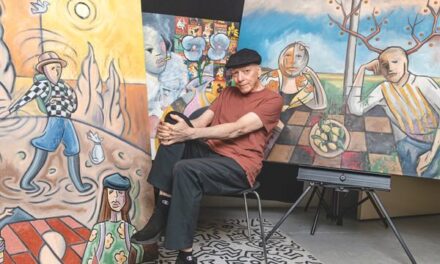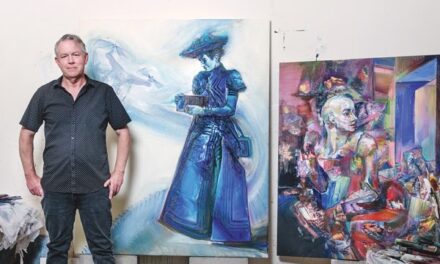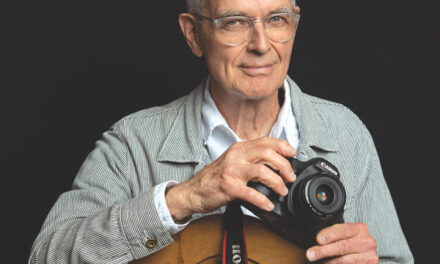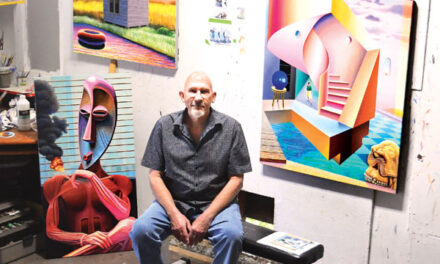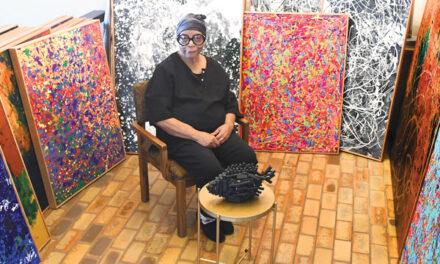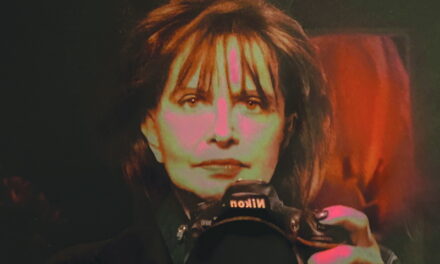Joe Marty, who hit a home run for the Chicago Cubs in the 1938 World Series, returned to Sacramento and opened a saloon next to The Tower Theatre on Broadway. Marty was a foul-mouthed racist, but he had a poetic side.
He never referred to his street as Broadway. He called it the Boulevard of Broken Dreams.
Marty died in 1984. His saloon burned in 2005. Today a bar and cafe operate as proxies. Only the neon sign out front, with Marty’s name autographed across a baseball, survives.
Not long ago, I spent hours walking Broadway from Fifth Street to 25th Street. I walked slow, took notes, snapped photos.
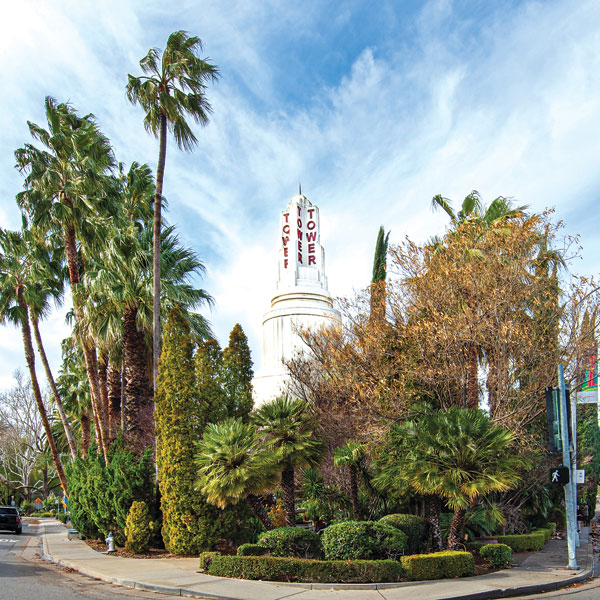
My trek was inspired by complaints from residents in Land Park and Midtown worn out by today’s Broadway: a periphery of homeless camps, drug dealers and crazy people.
I’ve walked Broadway for almost 50 years. I wanted to see if the Boulevard of Broken Dreams is worse today than it was in 1980.
I love Broadway. It’s the most interesting street in town, a low-rise mix of grit, grime and hope. Broadway is where Thai and Indian and Chinese restaurants bump into tattoo parlors, where Tower Records spawned an empire and died, where guys used to line up at C&B Liquor for afternoon deliveries of tomorrow’s Daily Racing Form.
My old route included burgers and beer. The beer came from Shanley’s at Fifth Street, a dark little dump popular with Channel 10 employees. Then I’d move 19 blocks east to Bib’s Burgers.
People would say going from Shanley’s to Bib’s was crazy. Shanley’s was cherished for its Broadway Burger. But Bib’s Belt-Buster was better.
Today Shanley’s is a cannabis store. Bib’s is McDonald’s parking lot. Unless pot and Big Macs signal progress, the Boulevard of Broken Dreams has tumbled from its 1980 glory.
Police crime maps show a cluster of 18 burglaries, petty thefts and vandalism around Fifth and Broadway over the past two years. Life is worse at 24th Street, with 21 robberies, assaults and burglaries since late 2020.
Cops didn’t publish online crime maps in 1980. Reporters walked into police stations and flipped through log books. Comparisons with today bring false conclusions.
Crimes that now produce an anemic police response and little risk of punishment—let’s say, stealing $500 in goods from Target—had far more serious consequences 43 years ago.
Today the street presents an acceptance of lawlessness that 1980 residents wouldn’t tolerate. Unless the inevitability of crime is considered progress, the Boulevard of Broken Dreams is worse today.
Speaking of Target, the store at Riverside and Broadway, called Gemco in 1980, sells vital merchandise. It’s a crime magnet, suffering about 300 robberies, assaults, petty thefts, shopliftings, grand thefts, car burglaries, drug and gun violations in two years.
By far the most popular crimes at Target are shoplifting and petty theft, which means someone stole items worth less than $950. The difference between petty theft and shoplifting involves whether the thief arrived ready to steal or was overcome by larceny while wandering the aisles. Either way, it’s just a misdemeanor.
Many people who cause problems on Broadway are homeless. Tent camps were built on 14th street and along the freeway on X Street. Tents were forbidden in 1980. They would have been removed. The Boulevard of Broken Dream is a sadder, more desperate place today.
Broadway has always known bums. In 1980, the Volunteers of America Public Inebriate Center was a metal building at the foot of Miller Park. Cops hauled winos there. When they dried out, derelicts wandered down the Boulevard of Broken Dreams.
Decades before 1980, Broadway was called Y Street. It was the city limits. In 1910, Ed Kripp built a gambling hall and baseball stadium at 11th and Y—Riverside and Broadway. Buffalo Park, eventually named Edmonds Field, rose atop the city’s first garbage dump.
The Boulevard of Broken Dreams was never Easy Street. Nobody can tell me it’s aged well.
R.E. Graswich can be reached at regraswich@icloud.com. Follow us on Facebook, Twitter and Instagram:
@insidesacramento.




